The year 1890 in art involved some significant events.
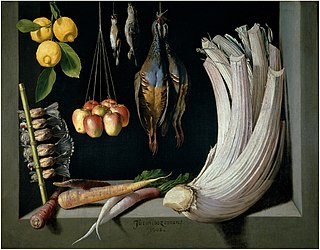
A still life is a work of art depicting mostly inanimate subject matter, typically commonplace objects which are either natural or human-made.

Martin Johnson Heade was an American painter known for his salt marsh landscapes, seascapes, and depictions of tropical birds, as well as lotus blossoms and other still lifes. His painting style and subject matter, while derived from the romanticism of the time, are regarded by art historians as a significant departure from those of his peers.
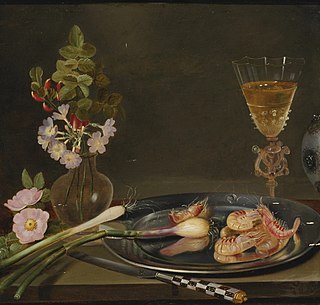
Frans Ykens was a Flemish still life painter active in Antwerp and Brussels in the 17th century. He is mainly known for his flower pieces and fruit still lifes and also painted banquet pieces, pronkstillevens, garland paintings and larger game pieces.
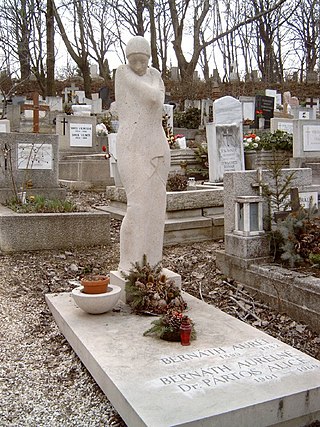
Aurél Bernáth (1895–1982) was a Hungarian painter and art theorist. He studied at Nagybánya with István Réti and János Thorma. Bernath fought as a soldier in the First World War and moved to Vienna in 1921. Bernath's painting style was heavily influenced by the onslaught of German Expressionism. He was invited to Berlin by Herwarth Walden where his work was exhibited at the now-defunct Sturm Gallery between 1922 and 1924. Two years later, he returned to Hungary and joined the KUT, becoming one of the leading figures of the Gresham Circle of artists during the 1930s. He taught at the Hungarian Academy of Fine Arts from 1945 to 1974. From 1948 to 1949, he worked as an editor for the journal Hungarian Art. After 1947, many of Bernath's writings on art theory were published and became very popular.
Orsola Maddalena Caccia, born Theodora Caccia (1596–1676) was an Italian mannerist painter and Catholic nun. She painted religious images, altarpieces, and still lifes.

Edward Chalmers Leavitt (1842–1904), a native of Providence, Rhode Island, was a New England painter said to be the most renowned still life painter of his day in Providence, although today he is largely forgotten.
Theodore Ellis Stebbins, Jr. is an American art historian and curator. Stebbins is currently the Consultative Curator of American Art at the Harvard Art Museums.

Vase with Poppies is an 1886 oil painting created in Paris, France by Post-Impressionist Dutch artist Vincent van Gogh.

Still life paintings by Vincent van Gogh (Paris) is the subject of many drawings, sketches and paintings by Vincent van Gogh in 1886 and 1887 after he moved to Montmartre in Paris from the Netherlands. While in Paris, Van Gogh transformed the subjects, color and techniques that he used in creating still life paintings.

Vladimir Kush is a Russian born American painter, jewelry designer and sculptor. He studied at the Surikov Moscow Art Institute, and after several years working as an artist in Moscow, his native city, he emigrated to the United States, eventually establishing his own gallery on the island of Maui in Hawaii. His oil paintings are also sold as giclée prints which contributed to his popularity and led to the establishment of further galleries in Laguna Beach, California, and Las Vegas, Nevada, Miami, Florida. The artist has become part of the American cultural environment and is inspiring others. He is the only Russian artist in the US who has his own galleries where prints account for 80% of sales. European recognition came in 2012 with receiving from the hands of Marina Picasso prestigious Artiste du Monde award in Cannes.

Cattleya Orchid and Three Hummingbirds (1871) is an oil-on-mahogany-panel painting by Martin Johnson Heade acquired by the National Gallery of Art in 1982. Inspired perhaps by the works of Charles Darwin and Frederic Edwin Church, Heade planned to produce a deluxe book in the 1860s depicting Brazilian hummingbirds in tropical settings, and, to that end, created a series of 40 small pictures called The Gems of Brazil. The project was abandoned, but Heade retained his interest in hummingbirds and continued to paint them in combination with orchids and jungle backgrounds through the 1870s. The NGA describes the work: "Lichen covers dead branches; moss drips from trees; and, a blue-gray mist veils the distant jungle. An opulent pink orchid with light-green stems and pods dominates the left foreground." On the right, two green-and-pink Brazilian Amethysts hover about a nest while a red-tailed Sappho Comet perches nearby.

Sunlight and Shadow: The Newbury Marshes is an oil-on-canvas landscape by the American artist Martin Johnson Heade acquired by the National Gallery of Art in 2010. Heade probably became acquainted with the salt marshes near the mouth of the Merrimack River at Newbury and Newburyport, Massachusetts in 1859 through Bishop Thomas March Clark. Sunlight and Shadow is one of the earliest of Heade's one hundred plus depictions of wetlands.
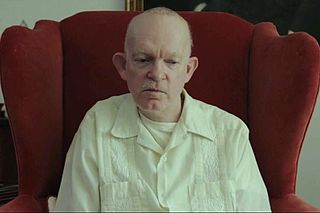
Mark Augustus Landis is an American painter who lives in Laurel, Mississippi. He is best known for "donating" large numbers of forged paintings and drawings to American art museums.
Laura Woodward (1834–1926) was an American painter. She was inducted into the Florida Artists Hall of Fame in 2013.
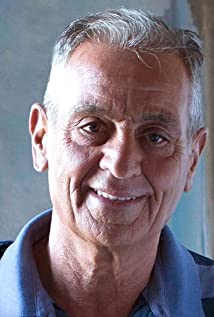
Enzo Sciotti was an Italian artist and illustrator. Sciotti was known for his illustrations of more than 3000 movie posters, typically for horror films, including The Beyond, Demons, The Blood of Heroes and several other Lucio Fulci, Dario Argento, and Lamberto Bava films. He also painted covers for comics and home video releases.

Georgia O'Keeffe made a number of Red Canna paintings of the canna lily plant, first in watercolor, such as a red canna flower bouquet painted in 1915, but primarily abstract paintings of close-up images in oil. O'Keeffe said that she made the paintings to reflect the way she herself saw flowers, although others have called her depictions erotic, and compared them to female genitalia. O'Keeffe said they had misconstrued her intentions for doing her flower paintings: "Well – I made you take time to look at what I saw and when you took time to really notice my flower you hung all your own associations with flowers on my flower and you write about my flower as if I think and see what you think and see of the flower – and I don't."

Portrait of Charles Marcotte is an 1810 oil on canvas painting by the French Neoclassical artist Jean-Auguste-Dominique Ingres, completed during the artists first stay in Rome. Charles Marie Jean Baptiste Marcotte (1773-1864) was a long term friend, loyal supporter and adviser to Ingres, and commissioned a number of portraits of his family and friends, as well as works such as Odalisque with Slave (1839). He was 23 years in age when the portrait was painted, and serving as inspector general for Waters and Forests in Napoleonic Rome.

The Magnolia Blossom is an 1888 oil painting on canvas by the American artist Martin Johnson Heade. It depicts a magnolia flower, with her green leaves, and with a brown background, laid upon a red cloth in a table.

Orchid and Hummingbirds near a Mountain Lake is a painting by Martin Johnson Heade, which he completed sometime between 1875 and 1890. Some scholars see the sensual depiction of the orchid and the nearly touching beaks of the birds as conveying romantic or even sexual overtones. Others see Heade's interest in orchids and hummingbirds as an exploration of dominance and survival in nature, perhaps inspired by Charles Darwin's evolutionary theory. The work is now in the collection of the McMullen Museum of Art at Boston College, having been donated as part of the Carolyn A. and Peter S. Lynch collection.
















